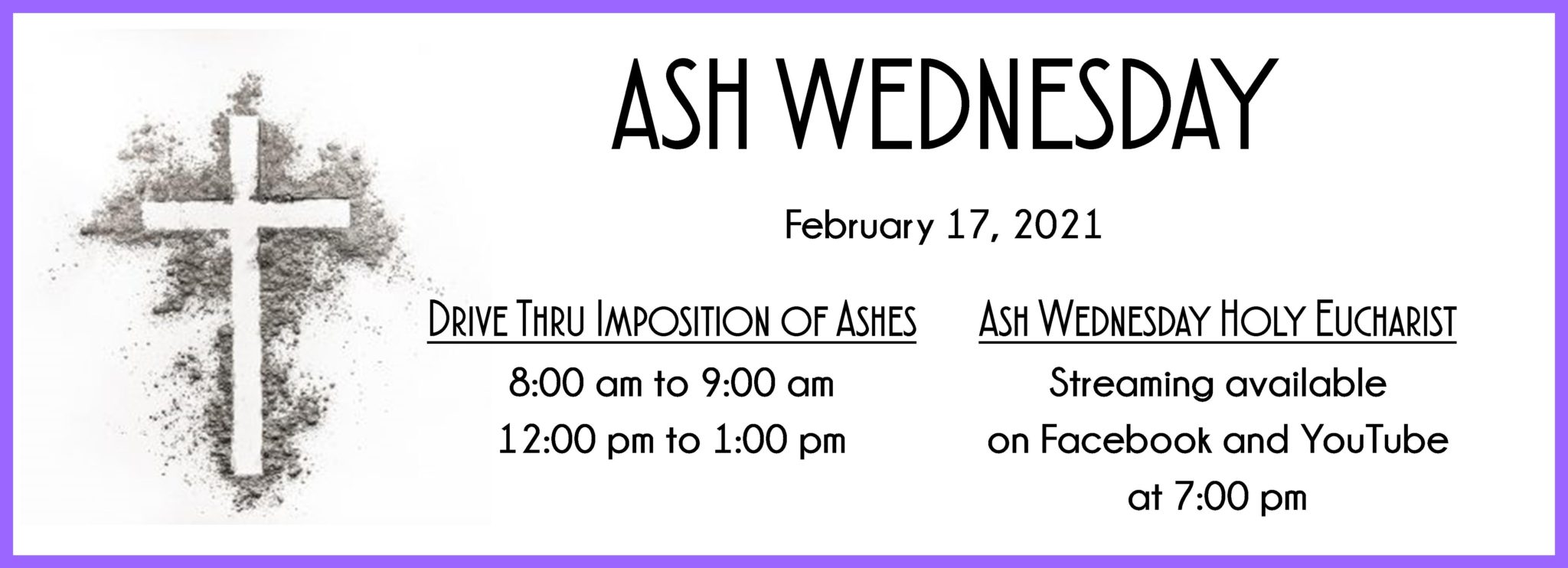

Put a small hand towel or paper towel next to it.Īt some point in the service, everyone is standing in line in the aisle, and the first person is piously standing in front of you waiting to receive the ashes. With olive oil, you will find that the ashes are very easy to apply and your congregation will find that it is very easy to wipe it off their foreheads without getting ashes all over their hands and clothing.ĭon’t forget to put a soapy wet washcloth in a dish and conceal it in your pulpit. I have experimented, and I think the best thing to do is to put the ashes in the container you intend to use in the service, then add enough olive oil to make a sort of slurry. If you use the ashes by themselves, you’ll have ashes everywhere except where you want them. Obviously the ashes are quite messy, and they won’t stick to a person’s forehead without some help. Make sure the container is wider than it is tall, or you might have difficulty reaching in with your thumb to get the ashes. So you can forego such fancy stuff and just use a custard dish or some other small container to hold the ashes. However, a make-shift container is certainly in keeping with the penitential nature of the service.

It can be quite costly, depending on the style and materials. If you want to get fancy, you can buy a special ash pyx to contain the ashes.

When you are up there in front of the congregation, you can’t just hold the ashes in your hand! You have to have some sort of container. A small package about the size of your thumb will do for all but the most humongous congregations.

Traditionally, the ashes for the Ash Wednesday service are created by burning the palms from the previous year’s Palm Sunday service, but most churches nowadays just purchase the ashes from a church supply house. The purpose of this rite is to remind people of their mortality and thus the necessity for repentance. Teachings, worship, rites, sermons, and terminology


 0 kommentar(er)
0 kommentar(er)
